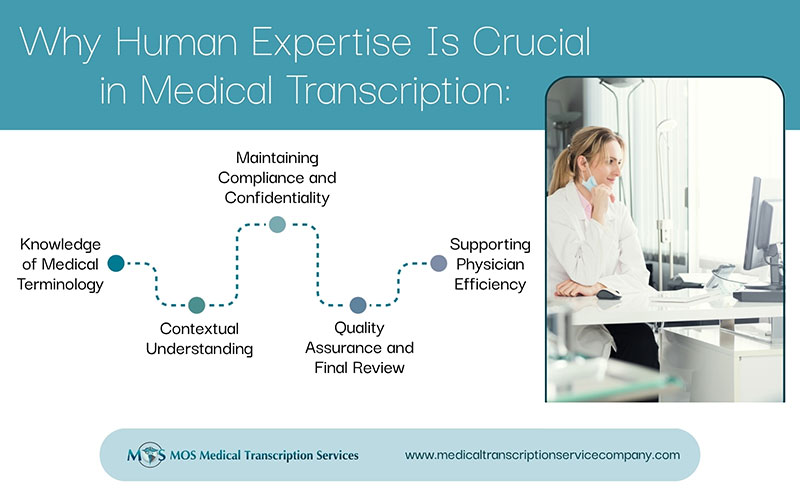With federal incentives provided for ‘meaningful use,’ more and more mental healthcare professionals and institutions are adopting behavioral health electronic health records (EHRs). Of course, there are several advantages to using well-designed digital health records in the behavioral healthcare (BHC) setting. BHC encompasses a wide range of services ranging from outpatient substance abuse treatment to full-time psychiatric care and hence the type of care provided will differ. A single organization may provide group therapy, one-on-one counseling, crisis stabilization and community outreach. Since each area is significantly sensitive while considering treatment approach and client privacy, using EHR is quite challenging. Let’s take a look at the challenges associated with behavioral health EHRs.
Healthcare experts point out mainly four challenges for mental health electronic records such as:
• Robust BHC Content – In order to be effective in the BHC setting, the digital health record system should capture robust or in-depth behavioral health content including the targeted protocols for psychological diseases and drug treatment. The system should also accommodate different types of care provided in BHC facilities as mentioned earlier (for example, capture information from client appointments, group therapy sessions, offsite field trips and/or general rounds).
• Capture Free Text – Clinicians often document patient information in free text, noting what they observe and what the patient and family shares. The electronic record system should seamlessly capture free text along with the discrete data mentioned above and integrate it into the clinical record in a useable manner. The system that accommodates both discrete data and free text enables the physicians to manipulate the information they enter and use it for treatment and achieve better outcomes. This will also help them meet the reporting requirements of funding sources, payers and governmental entities. Certain digital record systems incorporate a tool that serves the purpose of a pen on paper so that the physicians will appear to be taking notes and need not turn away from the patient frequently to use a computer.
• Interoperability – A comprehensive health record should have the capability to share information with outside entities (various clinical departments in the same or different hospitals). If the providers are choosing a digital record system, they should ensure that this technology can help them perform these types of exchanges in a private and secure manner.
• Support Configuration – The electronic record system that an organization chooses should meet the unique needs of the care site and promote consistency as well, to ensure quality care.
How Transcription Helps EHRs to Capture Robust BHC Content
With point-and-click templates of EHR, it is difficult to capture in-depth BHC content. The pre-defined options with these templates cannot accommodate narrative style of documentation. Physicians literally struggle to capture the complexity of their patients’ condition within checkbox templates. Moreover, physicians may copy-paste content in order to save time, and the inadvertent use of such a practice can cause drastic errors within the documents. Incorporating traditional narrative dictation and transcription will prove helpful to address this situation. If structured history and physician templates populated by a clinician are used in single care settings, transcribed narrative reports can be used as the best documentation method for encounter notes, findings, assessments and more. With a combined approach (EHR and transcription), it will be possible to create comprehensive health records with accurate information.
The blended approach can be implemented with the help of Discrete Recordable Transcription (DRT) technology. This technology allows physicians to dictate their findings and clinical assessments in their own words while the transcribed output is entered directly into the digital record system as discrete recordable data. To be more specific, a physician would review the electronic clinical data before an encounter with the patient, talk to the patient about the condition during the visit, perform the required physical exam, discuss the clinical interpretation and plan with the patient, dictate the findings and plan directly into the EHR as an electronic wave file. This wave file is transmitted to the transcriptionists for transcription. Many transcription companies offer EHR feeds to help their clients gain the benefits of the blended approach.


